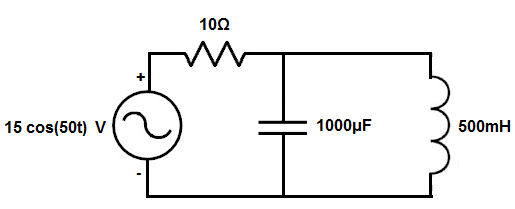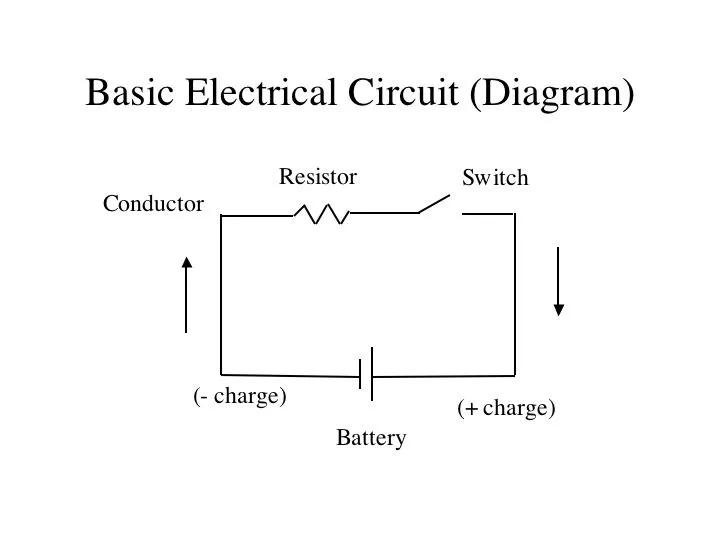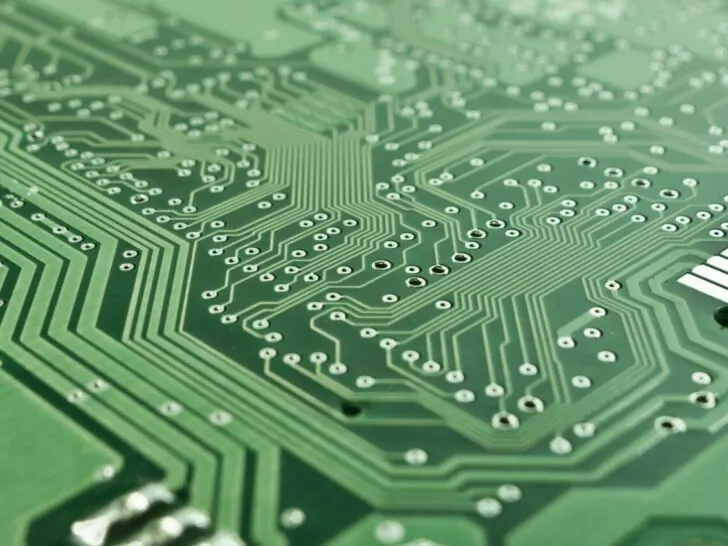All electrical appliances have a circuit through which electrical charge travels, causing the appliances to function, although the operation is more complicated than it appears.
The current and voltage on each component of the circuit under investigation are determined using circuit analysis as a measure. Effective process definition is made possible by the analysis.
The term “complex frequency domain” refers to the area where time domain functions are turned into complex surfaces that depict the time domain function’s decay, whereas in a frequency domain, a signal is viewed as the total of its individual frequency components.
The term “frequency domain” refers to the analysis of mathematical functions or signals with respect to frequency rather than time in the fields of mathematics, physics, electronics, control systems engineering, and statistics.
The Laplace domain, sometimes referred to as the s-domain or s-plane, is where the Laplace transforms are mapped.
Keep reading to know more about circuits, their analysis, and the differences between the s-domain, and frequency domain.
What Is A Circuit?
A closed loop in which electrons can move is called a circuit. Electricity is provided to the circuit by an electricity source, like a battery.
Until the circuit is complete, that is, until it makes a complete circuit loop back to the electrical source, no electrons will travel.
We can support a consistent flow of charge without using infinite sources and destinations if we take a wire, or several wires attached end to end, and loop them around to produce a continuous channel.
Several categories are used to categorize electric circuits. Only direct current flows in a circuit in one direction.
An alternating-current circuit transfers electricity that pulses back and forth frequently every second, like in the majority of household circuits.
The different types of circuits are as follows:
| Types of Circuits | Function |
| Series | Since all loads are connected in series, a series circuit only has one path to the ground, which means that for a current to return to the ground, it must pass through each component. |
| Parallel | In a parallel circuit, current can travel through multiple paths; on each branch, the same voltage is applied. |
| Series-Parallel | The loads are typically in parallel with the power supply and any control or protective devices. |
Circuit Analysis

One of the most crucial components of comprehending electrical engineering and circuits is circuit analysis. Examining various electrical quantities in the various components is a step in the circuit analysis process.
The first approach, which involves applying the fundamental rules directly, is rapid and effective for small circuits.
The Node Voltage Method and the Mesh Current Method are two beautiful organizing and streamlining techniques developed by engineers for circuit examination.
Both approaches aim to reduce the number of concurrent equations. As circuit complexity increases, this efficiency has a significant impact.
What Is An S Domain?
One of the core ideas in digital control systems in the fields of electronics engineering and signal analysis is the idea of the s-domain.
Raw real-time data are collected by the sensing systems in various engineering applications, such as real-time vibration analysis or harmonic analysis.
These are transmitted to oscilloscopes or data acquisition control (DAC) modules, which analyze the data and produce two-dimensional graphs that can be viewed on a computer screen.
The Laplace domain, sometimes referred to as the s-domain or s-plane, is where the Laplace transforms are mapped.
The use of the s-domain concept is excellent for analyzing linear time-invariant systems (LTIS) with transient responses. The output signals in these systems exhibit linearity with the input signals.
What Is A Frequency Domain?

The phrase “frequency domain” is used in engineering and statistics to refer to the analysis of mathematical functions or signals with respect to frequency rather than time.
The investigation of signal attributes is the most typical reason for frequency domain signal analysis. To ascertain which frequencies are in the input signal and which are absent, the engineer might examine the spectrum.
Typically, the Fourier transform is used to translate signals from the time or space domain to the frequency domain.
Difference Between The S Domain And The Frequency Domain In Circuit Analysis
We pick a sample and analyze the signal that is naturally propagating in the time domain.
To identify alternative viewpoints, we must translate the time domain into the frequency domain or the s domain (there are additional domains, but those two are the most crucial for signal analysis). There is a parameter called the s parameter that is the same for both domains.
Any signal that is in its time domain must be transformed into a signal that is in its frequency domain or s-domain before being analyzed.
As a result, the frequency domain only contains information about steady-state analyses, whereas the s domain also includes information about transient analyses.
Main Components Of A Circuit
Source

An electric circuit’s source is where the electricity comes from; a positive and a negative terminal are present.
While electrons go in the opposite direction from the current, that is, from the negative terminal of the battery to the positive terminal of the battery, current flows from the positive terminal of the battery towards the negative terminal of the battery.
Cells and batteries are two examples of suppliers; combining two or more symbols for cells results in the symbol for a battery.
Conductor

A conductor is a wire via which electrical current travels. It can carry electricity since it is made of a conducting material. A wire does not have a positive or negative terminus.
An electrical component known as an electric load transforms electrical energy into various types of energy. An example would be a buzzer, heater, motor, computer, fan, light bulb, air conditioner, TV, and many more.
Electrical energy is transformed into heat and light energy by the electric bulb. Electrical energy is transformed into heat and light energy by a heater.
Conclusion
- Finding all the currents and voltages in a network of connected components is the process of circuit analysis.
- We examine the fundamental components used in circuit construction and learn what happens when components are wired together to form a circuit.
- The S domain is the space where the original signal’s information is not lost. It is the power series formula in its most general version. Use the Laplace transform on a continuous signal to transform the time domain to the s domain. Without losing any information, we can inverse the s domain to the time domain. The formula for the parameter s is s=+j. Transient and steady-state analyses are involved.
- To determine how frequently a signal oscillates, use the frequency domain. The stability parameter of the s domain is not considered. Utilize the Fourier transform to convert from the time domain to the frequency domain. We make the assumptions of beginning condition and stability when we inverse the frequency domain to the time domain. The parameter s=j in mathematics. This analysis is steady state.

